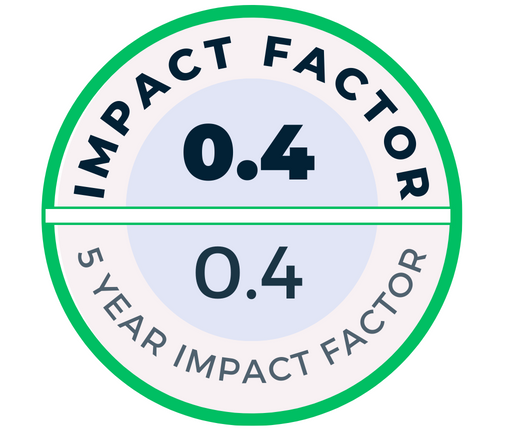We used 40 Kıvırcık breed sheep (20 male, 20 female) skulls in this study. We took 4 morphometric (body, carcas, head and skull weights) and 23 craniometric measurements from the skulls. Cranial volume estimation, using point counting technique on the paralel crosssections from the skulls was done. In Kıvırcık breed sh eep, we determined that cranial volume is 133.89±10.815 cm3 for females and 136.10±17.281 cm3 for males. The estimation using the stereological point counting technique gave us less than 1% coefficiency of error. The coefficient of error was less than 5% for the stereological estimates using point counting technique. All the data were evaluated for sexual dimorphism. We observed that according to morfpohometric data the difference between males and females was statistically significant. But the difference among cranial volume values was not significant. To observe the differences in cranial morphology with more details and to be able to make comparisons in indices estimations made by different authors, we estimated our indices 6 different ways in this study. We observed statistically important correlastions between cranial volume and the skull length values that are important in evaluation of whole skull (Ml, M2, M3) in both male and female sheep (P<0.001). We determined that the relation between width values was not significant. In this study, we designated that general relation was between skull length measurements than skull width. According to results of the measurements (M4, M6, M7, M8, M9, M18 and M19) that are important for evaluation of neurocranium variousness between male and female was observed in different levels. According to results concerning the length of neurocranium (M4 and M7) variousness between male and female was not significant statistically, while differences among other measurements were statistically significant at the variation of P<0.05 and P<0.001 levels. According to results of craniometric measurements concerning facial region (M5, M10, M11, M12, M20 and M21), it is designated that the differences between male and female were statistically significant in P<0.001 level (for only M10 it was P<0.05). The measurements, which give an idea about occipital region (M13, M17), were significant in P<0.001 level, however only in M16 and M17 the differences designated between male and female were not significant statistically. As a result we think that cranial volume values determined from Kıvırcık breed sheep in our study will be treated as reference data for studies in brain volume and cranial volume relation, because the data were taken from animals which were healthy and without any symptoms of neurological disease. Also we believe that values determined by stereological method which are unbiased and reliable, from healthy Kıvırcık breed sheep, will be used in other sheep breed comparisons.


.png)


.png)